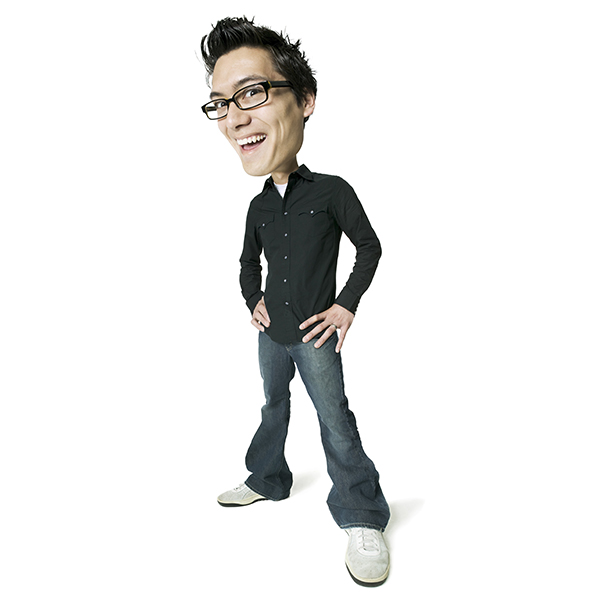Animator
An animator is a person who creates the impression of movement (referred to as animation) through the creation of multiple images. They work in a range of fields including television, film and video games. The artist generally works by hand or with a computer, and can either work as a freelance artist or for a company full time. Either way, they are usually part of a collaboration of many animators to help complete one project.
Education
 You can begin your animation career as early as high school. If you find yourself interested in animation, try taking classes in computer technology and design (if your high school offers such classes). These can help provide some basic ground roots before you pursue a higher education in the field. An art degree program should give you an education in science, art history and English while also allowing you to participate in hands on training in drawing and animation. Some courses to take include computer graphics, story structure, drawing for animation and digital animation. Carnegie Mellon University (https://graphics.cs.cmu.edu/) is among the United States top 25 colleges, and is in the middle of a 5 year project with Disney. The Bachelor of Computer Science and Arts program offers animation training. The California Institute of the Arts (https://filmvideo.calarts.edu/programs/character-animation) has a variety of animation based degree programs, and students can earn a Bachelor of Fine Arts in Experimental Animation or Character Animation degree. A large part of an animator’s education is work experience, and you should participate in work study programs and internships to learn from working professionals.
You can begin your animation career as early as high school. If you find yourself interested in animation, try taking classes in computer technology and design (if your high school offers such classes). These can help provide some basic ground roots before you pursue a higher education in the field. An art degree program should give you an education in science, art history and English while also allowing you to participate in hands on training in drawing and animation. Some courses to take include computer graphics, story structure, drawing for animation and digital animation. Carnegie Mellon University (https://graphics.cs.cmu.edu/) is among the United States top 25 colleges, and is in the middle of a 5 year project with Disney. The Bachelor of Computer Science and Arts program offers animation training. The California Institute of the Arts (https://filmvideo.calarts.edu/programs/character-animation) has a variety of animation based degree programs, and students can earn a Bachelor of Fine Arts in Experimental Animation or Character Animation degree. A large part of an animator’s education is work experience, and you should participate in work study programs and internships to learn from working professionals.
Job Description
 Most animators specialize in 2D computer animation, 2D drawn animation, 3D computer generated animation, or stop motion animation. For 2D drawn animation, animators draw a series of images representing one stage of a movement onto special paper. The animator then traces this image onto film and colors it, before adding scenery. In 2D computer animation, the animator uses a specialized software package to animate characters. 3D computer generated animation requires the animator to create animations with specialized software as well. Lastly, stop motion animation uses 3D objects such as models which are photographed, moved a fraction, and photographed again. When the images are played at normal speed, they appear to move. An animator’s everyday tasks include designed animated environments, creating models, drawing storyboards, designing characters, and making sure the movement of these characters meet the script requirements.
Most animators specialize in 2D computer animation, 2D drawn animation, 3D computer generated animation, or stop motion animation. For 2D drawn animation, animators draw a series of images representing one stage of a movement onto special paper. The animator then traces this image onto film and colors it, before adding scenery. In 2D computer animation, the animator uses a specialized software package to animate characters. 3D computer generated animation requires the animator to create animations with specialized software as well. Lastly, stop motion animation uses 3D objects such as models which are photographed, moved a fraction, and photographed again. When the images are played at normal speed, they appear to move. An animator’s everyday tasks include designed animated environments, creating models, drawing storyboards, designing characters, and making sure the movement of these characters meet the script requirements.
Pros & Cons
Many animators work as freelancers, employed on a job to job basis. This offers tremendous flexibility for you as an animator. You can take time off between jobs if you choose and have the option to take which jobs you are interested in. This kind of work lacks stability however, which may be a negative for some people, though it is possible to work as a full time animator for a specific studio. The industry continues to grow as new animation technologies are developed. 3D software has made animation cheaper and faster, which has made it more appealing to companies. Thus, more companies are hiring animators as full time employees. As an animator, you get to be extremely creative. You not only add motion to characters but also create them. You design them, but also act as actors and writers as you figure out how a character may express himself in a certain situation. Animation requires tremendous patience, and you may work monotonous tasks when you first begin. Even as a head animator, you must work on each model or drawing until it is absolutely perfect and meets the filmmakers’ needs. This may require you to work on very tiny aspects of an image for weeks or months at a time, which can be extremely tedious.

